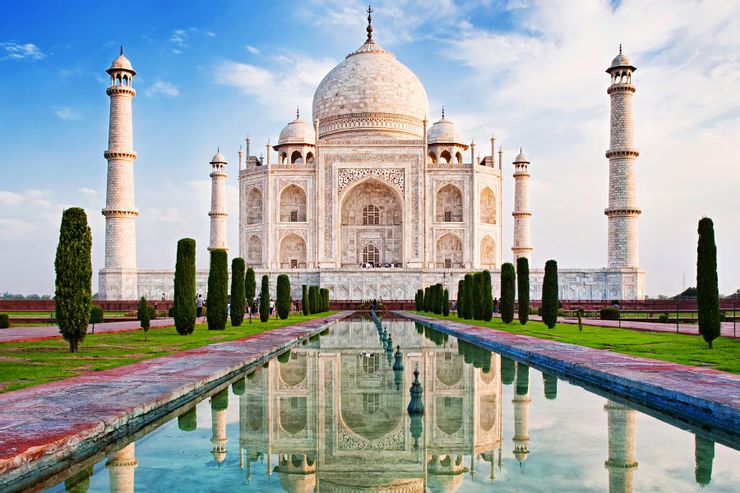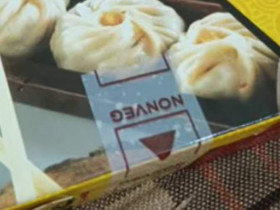The Taj Mahal is a massive white marble mausoleum erected in Agra between 1631 and 1648 by Mughal emperor Shah Jahan in memory of his favourite wife. It is India’s crown jewel of Muslim art and one of the world’s most appreciated works of art.
The Taj Mahal is one of the world’s seven wonders, as we all know. We know who designed it and for what purpose. We all know that India is our country’s pride. We have a lot of information on it. However, we don’t know much about it.

A small hole perpendicular to Mumtaz Mahal’s tomb is in the ceiling of the main hall.
According to legend, an artisan decided to destroy Shah Jehan’s aim of making a masterpiece after learning of the artisan’s decision to amputate all of the artisan’s arms. So the Taj isn’t quite as perfect as we’d like to believe.
WWII, the ASI had to disguise the Taj with a massive scaffold in order to misdirect bombers.
The Taj Mahal, one of the most magnificent man-made structures, was covered by a massive scaffold in the twentieth century to make it look like a stack of bamboo to bombers. It was then camouflaged with a green fabric during the India-Pakistan war in 1971 and again after 9/11.
The architect worked on other projects, the tale of all artisans having their limbs removed is most likely a myth.
The architect who oversaw the construction of the Taj Mahal also laid the foundation for the Red Fort. The architect’s team was most likely led by Ustad Ahmed Lahauri. Shah Jehan commissioned him to work on a project following Taj, indicating that he was certainly using both arms!
To defend the Taj from natural disasters such as earthquakes, the minarets were erected leaning outwards.
The four minarets are tilting outwards, as you can see if you look closely. This was done so that if a tragic incident occurred, like an earthquake, the miners still wouldn’t fall on the main ‘gumbad’ or Dome, insuring the Tomb’s safety.
The conman Natwarlal, who sold the Taj Mahal, again and again, was built up a temple.
Natwarlal, who sold the Taj Mahal several times, has a temple named after him. People in his hometown of Bangra, Bihar, chose to erect a statue of him as a memorial at the site where his house formerly stood.
The Taj Mahal’s foundation would have eroded years ago if the Yamuna had not existed.
The Taj’s foundation is composed of wood, which isn’t known for its durability. The wood should have weakened and crumbled over time due to decay and ruin, yet this did not happen since the Yamuna river keeps the timber sturdy and moist.
With its spectacular inlay work, the Taj’s interior is capable of blinding any goblin.
The Taj Mahal’s inlay work included 28 different types of rare, semi-precious, and valuable stones. They came from Sri Lanka, Tibet, China, and, of course, various Indian locations. The monument was repeatedly defiled by these stones throughout the British administration, and it was until the late nineteenth century that restoration work was undertaken.
The Taj Mahal towers over the Qutub Minar.
Qutub Minar is nearly five feet taller than the Taj Mahal. Below is a comparison with various monuments from around the world.
The fountains have a particular function that ensures uniform water pressure in the fountains.
A new way of using water fountains has been used to ensure uniform and undiminished pressure in the fountain pipes. Copper pots were provided under each fountain pipe so that the water first fills the pot and then only rises at the same time in the fountains.
In the year 2000, PC Sorkar Jr. made the Taj Mahal vanish.
On November 8, 2000, PC Sorkar Jr. created an optical illusion that made the Taj Mahal vanish from the public’s view in Kachhpura, Agra.
Every day, over 12,000 people visit The Taj.
The Taj Mahal, one of the world’s seven wonders, attracts a large number of people every day.












